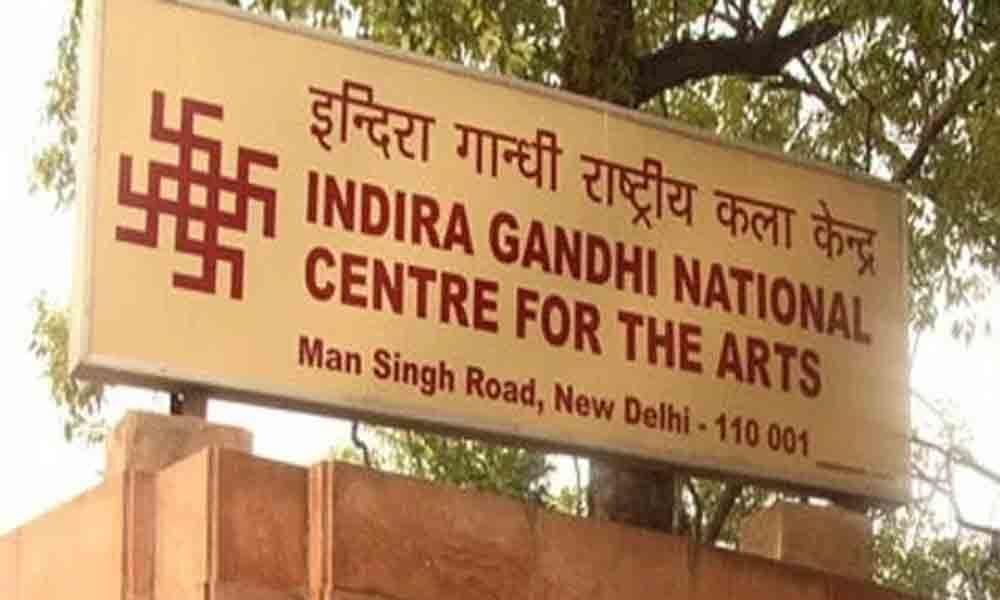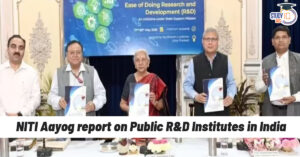Table of Contents
The Indira Gandhi National Centre for the Arts (IGNCA) is one of India’s foremost institutions dedicated to the preservation, promotion, and documentation of the nation’s rich cultural and artistic heritage. Established to safeguard and enhance India’s artistic diversity, IGNCA functions as an autonomous body under the Ministry of Culture, Government of India, with its headquarters located in New Delhi. Since its inception, the institution has played a pivotal role in fostering a deeper understanding and appreciation of Indian arts and culture.
History and Establishment
IGNCA was established in 1987 to serve as a hub for research, training, and archiving India’s vibrant cultural practices. The center was inaugurated with the vision of Indira Gandhi, after whom it is named, to bring together various art forms under one roof. Over time, IGNCA has become a major institution for scholars, artists, and students, providing a platform for the study and appreciation of Indian civilization and culture.
Key Functions of IGNCA
IGNCA is dedicated to preserving India’s heritage through its vast array of initiatives that span multiple fields, including music, dance, drama, visual arts, and literature. The center houses several important research projects, digital archives, and collections aimed at enhancing the cultural landscape of India.
National Cultural Audiovisual Archives (NCAA)
One of the most significant contributions of IGNCA is the National Cultural Audiovisual Archives (NCAA), which functions as a digital repository for India’s cultural heritage. This initiative aims to preserve India’s artistic traditions in an accessible format for future generations. The NCAA serves as an extensive collection of audiovisual materials, including folk music, traditional dance performances, archival videos, and recorded interviews with cultural experts. The archives preserve both the tangible and intangible aspects of Indian culture, providing an invaluable resource for scholars and enthusiasts alike.
Bharat Vidya Prayojana (BVP)
Bharat Vidya Prayojana is another notable initiative by IGNCA focused on Indian civilization and knowledge systems. The research program aims to delve deep into ancient and contemporary knowledge traditions, exploring the vast diversity of India’s intellectual legacy. BVP has become an important platform for scholars and researchers working on topics related to India’s historical, philosophical, and spiritual contributions to the world. By supporting interdisciplinary research, Bharat Vidya Prayojana promotes a holistic understanding of India’s ancient texts, rituals, and practices.
Adopt a Manuscript Program
Recognizing the importance of preserving India’s ancient manuscripts, IGNCA launched the Adopt a Manuscript Program. This initiative invites individuals, organizations, and institutions to support the preservation and digitization of rare and endangered manuscripts that hold immense cultural and historical value. India has a vast repository of ancient manuscripts written in Sanskrit, Tamil, and many regional languages, and this program has been instrumental in ensuring that these texts are digitized for research and study. Through this initiative, IGNCA seeks to preserve India’s intangible cultural heritage and make it more accessible to global audiences.
Other Notable Programs and Initiatives
In addition to the key initiatives mentioned above, IGNCA is actively involved in several other programs aimed at promoting Indian culture:
-
Research and Documentation: IGNCA conducts extensive research on various forms of Indian traditional and contemporary arts. It also documents practices, festivals, and cultural phenomena that are unique to India.
-
Cultural Exhibitions: The center regularly organizes exhibitions that showcase India’s rich artistic heritage, including art exhibitions, handicrafts, and traditional artifacts. These exhibitions travel across the country and abroad, bringing Indian culture to a global audience.
-
Workshops and Seminars: IGNCA conducts workshops, seminars, and lectures on various aspects of Indian culture. These are aimed at spreading knowledge among students, researchers, and the public.
-
Publications: The institution publishes books, journals, and periodicals focusing on Indian culture, history, and art. These publications serve as vital resources for scholars, students, and anyone interested in India’s heritage.
Significance of IGNCA
IGNCA is more than just a cultural repository; it is a symbol of India’s commitment to preserving its artistic and cultural legacy. The institution is crucial in:
-
Protecting Heritage: By digitizing manuscripts and archiving cultural materials, IGNCA ensures that India’s heritage is preserved for future generations.
-
Cultural Diplomacy: Through its exhibitions and international outreach, IGNCA acts as a cultural ambassador for India, strengthening its position as a center of global culture.
-
Fostering Education: IGNCA’s educational programs help cultivate a deeper understanding of India’s cultural diversity among students, artists, and the public.
-
Research and Collaboration: By providing a platform for researchers, IGNCA has become a center for collaborative research on Indian art, literature, and philosophy, contributing significantly to the academic community.
Conclusion
The Indira Gandhi National Centre for the Arts (IGNCA) is a pioneering institution that plays a vital role in safeguarding India’s vast cultural heritage. Through its innovative programs like the National Cultural Audiovisual Archives (NCAA), Bharat Vidya Prayojana, and the Adopt a Manuscript Program, it continues to document, preserve, and promote India’s art and culture for the benefit of current and future generations. By fostering research, collaboration, and cultural exchange, IGNCA ensures that India’s rich artistic and cultural heritage remains a living, evolving entity, resonating globally.


 National Project for Strengthening Disas...
National Project for Strengthening Disas...
 CAG Report on Pradhan Mantri Kaushal Vik...
CAG Report on Pradhan Mantri Kaushal Vik...
 NITI Aayog Report on Public R&D Inst...
NITI Aayog Report on Public R&D Inst...

























